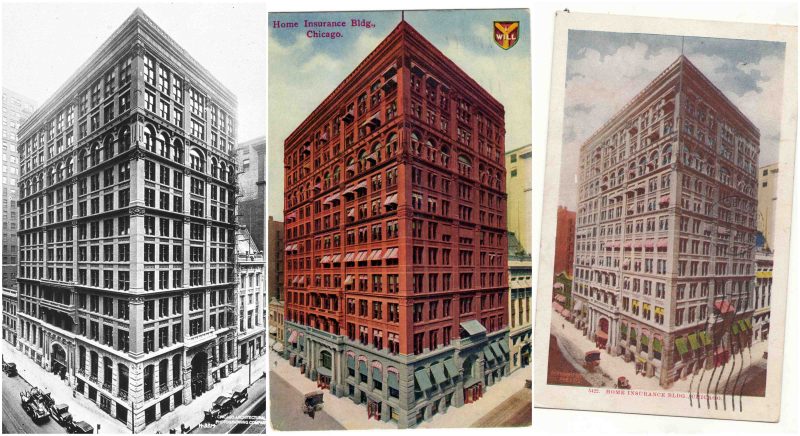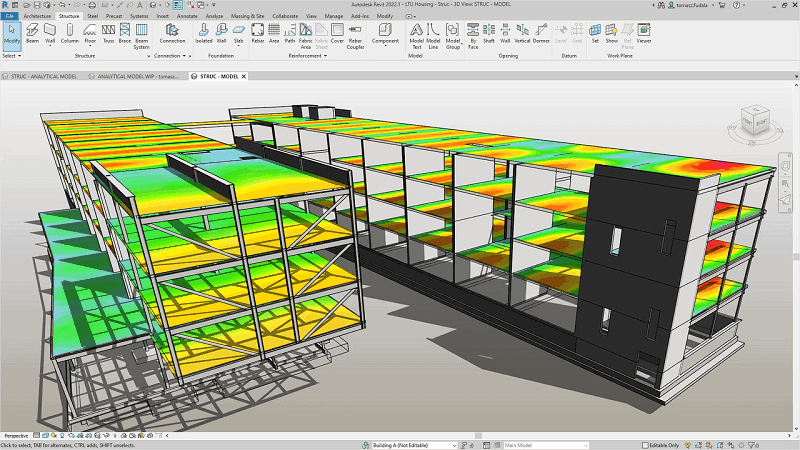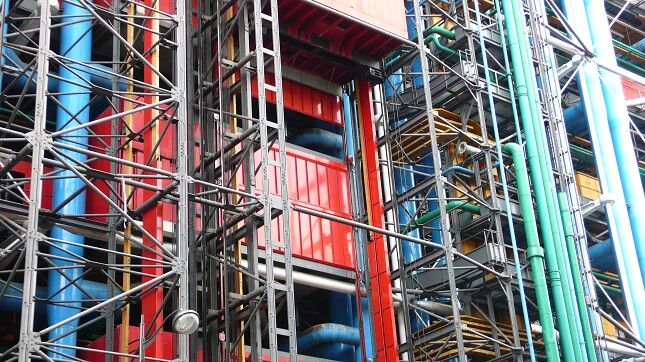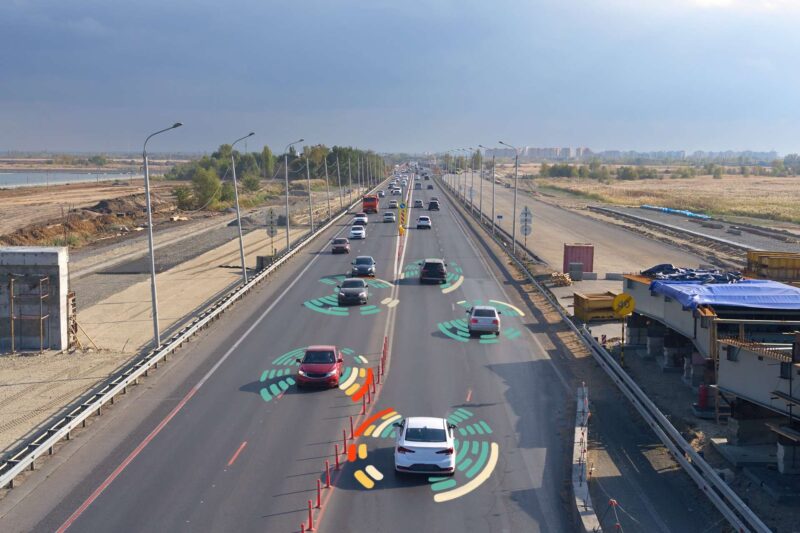Following the Great Chicago Fire of 1871, a surge in new construction revitalized the city’s economy and transformed its skyline.
Instead of wood, the new buildings were made largely of stone, iron, and a relatively new material, steel.
The Home Insurance Building, located at the corner of Adams and LaSalle Streets in the Loop, Chicago’s business district, became a leading example of this era of innovative construction.
Technology Behind It
The debate continues about which building can claim the title of the world’s first skyscraper, but there is some agreement on the typical characteristics that define a skyscraper.
Besides being significantly taller than other buildings in the area, skyscrapers usually have specific architectural and technological features.
These features include a steel skeleton, an elevator, wind bracing, anchoring, fireproofing, heating, cooling, ventilation, plumbing, lighting, and electrical wiring to support the larger building size.
While these elements are standard in buildings today, they were not common in the 1870s and 1880s when the first skyscrapers began to rise above city skylines.
World’s First Skyscraper?
There is ongoing debate about which building deserves the title of the world’s first skyscraper, as there is no official definition specifying the height, number of stories, or required features and materials for a skyscraper.
The most commonly recognized candidate for this title is the Home Insurance Building, constructed in Chicago in 1885.
This building was not only taller and more imposing than any previous urban structures, but it also introduced new technology that would become fundamental to skyscraper construction: the use of an iron frame.
Home Insurance Building (1885), Chicago
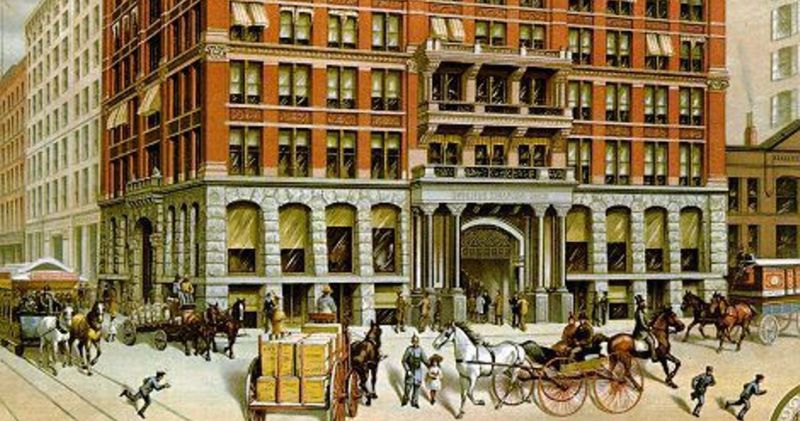
The Home Insurance Building in Chicago is widely regarded as the world’s first skyscraper.
Designed by Major William LeBaron Jenney, an engineer trained at École Centrale Paris alongside Gustave Eiffel, the building’s revolutionary architectural feature was its internal iron frame, reminiscent of Eiffel’s tower in Paris.
Completed in 1885, originally had 10 stories and stood 138 feet tall.
During its construction, city authorities, concerned about the building’s stability, halted construction to ensure its safety.
In 1890, two additional floors were added, bringing the total height to 180 feet (55 meters).
As the first steel-framed skyscraper, the building set the standard for various innovations, including rapid, safe elevators, wind bracing, and modern plumbing.
Jenney’s achievement paved the way for a group of architects and engineers known as the Chicago School, who developed the modern skyscraper in the late 19th and early 20th centuries.
Key members of this group, including Daniel Burnham (designer of New York City’s Flatiron Building), John Root, and Louis Sullivan, worked in Jenney’s office.
While New York later became famous for its towering skyscrapers, Chicago is recognized as the birthplace of the skyscraper, thanks to Jenney and the Chicago School.
Jenney’s Home Insurance Building, the first of these historic structures, was demolished in 1931 to make way for the Field Building (now the LaSalle Bank Building).
The Equitable Life Assurance Society Building (1870), New York
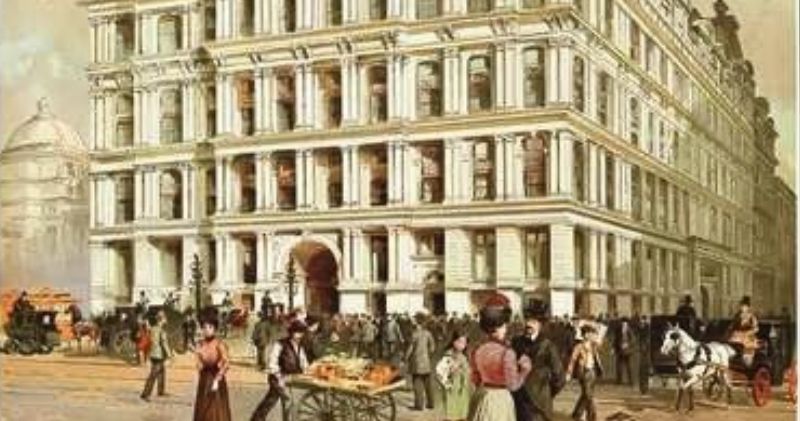
The Equitable Life Assurance Society Building in New York, completed in 1870, predates the Home Insurance Building by 15 years.
This seven-story structure was groundbreaking, featuring two steam-powered elevators to access higher floors.
It was the first building where tenants paid higher rents for upper floors, capitalizing on the prestige and views offered by elevated office spaces.
In their book “Rise of the New York Skyscraper: 1865-1913,” Sarah Bradford Landau and Carl W. Condit argue that the Equitable Building deserves the title of the “world’s first skyscraper.”
They cite its elevator-predicated height, fireproof construction, extensive iron framing, large windows, and rent-free owners’ quarters as justification for this claim.


